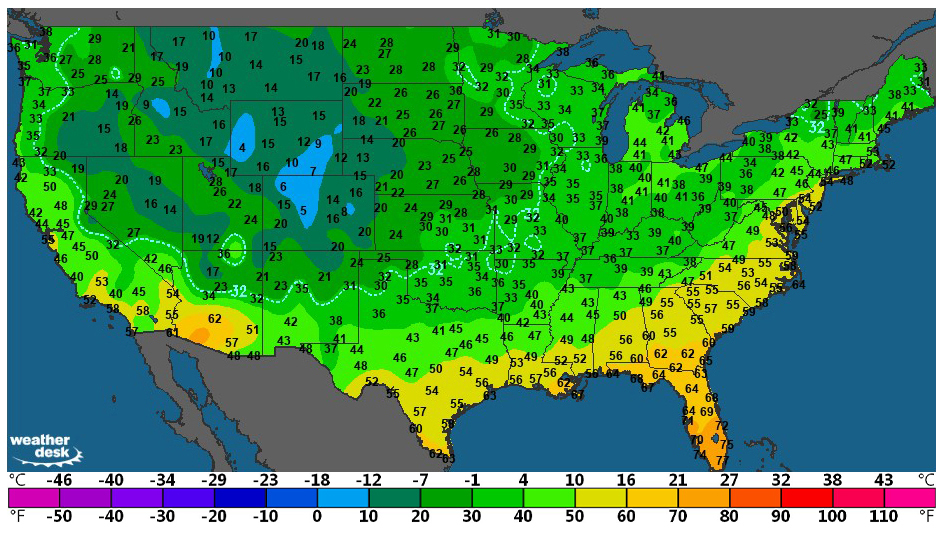

However southern latitudes are much cloudier (Table 1) than those in the north because of the continuous stretches of open water, and these early stages of the eclipse track do not encourage any expeditions in that direction The sunrise touchdown and the early track comes in a region of migrating highs and lows with changeable weather conditions, similar to the weather patterns over the Europe and the higher latitudes of North America. The eclipse turns back to annular at the end of the track near the International Date Line before moving off the planet at sunset. About 700 km along the track, the eclipse becomes total as the globe of the Earth reaches upward into the rushing umbral shadow and remains so for the next 12,000 km. The umbral part of the lunar shadow falls just short of reaching the Earth’s surface and so the eclipse is a very narrow annular at this point. Source: NOAA/PSLĪt its sunrise start, the Moon’s umbral shadow touches the Earth deep in the Southern Hemisphere’s temperate zone weather, about 350 km west of the Kerguelen Islands. Figure 2: Sea-level pressure pattern for April along the eclipse path.

Most of this eclipse track lies over water, with only a small touch on the Australian coast and a number of short crossings on various Indonesian islands and the island of East Timor (Timor-Leste). The weather and cloud patterns follow the dictates of these large-scale circulation with the best weather beneath the anticyclone and poorer prospects at the east and west limits. The annular/total (hybrid) eclipse of 2023 begins in the strong westerly flow of the southern temperate latitudes, crosses the dry sub-tropical anticyclone west of Australia and ends in the equatorial heat and humidity of the western Pacific islands (Figure 2). Click here to access the Weatherdesk – a site with quick links to satellite images, numerical forecasts, and local weather for use before eclipse day.Ĭlimatology for the Eclipse Figure 1: Topographic map showing the eclipse track.


 0 kommentar(er)
0 kommentar(er)
